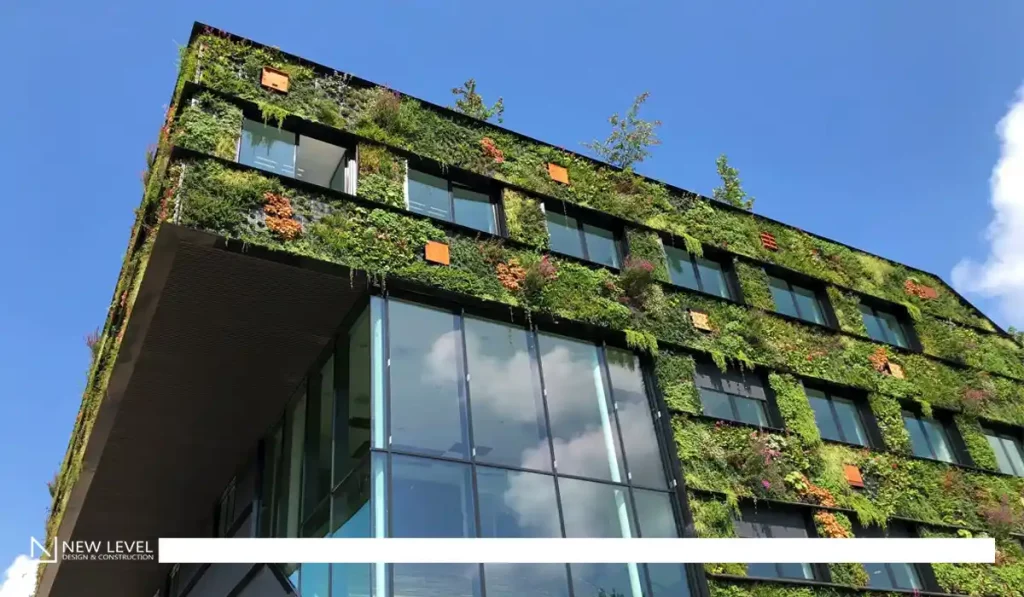2024 Architecture is marked by a focus on sustainability, adaptability, and human well-being. Learn more about how these trends enrich lives and contribute to a healthier future.
Architecture trends for 2024 are coming in with a bang and are bound to get you excited about the future. In particular, sustainability in architecture continues to shape the future of design.
We see this through the integration of cutting-edge technologies like parametric modeling, 3D printing, and sustainable materials to create structures that not only meet the needs of today, but also mitigate environmental impact for generations to come.
We can say with certainty that sustainability is no longer an afterthought when designing, and is now instead a fundamental consideration in every stage of the architectural process. Together, innovation and sustainability are not only redefining how architecture looks, but also paving the way for a more harmonious relationship between the human population and our planet.

Sustainable and eco-friendly designs prioritize environmental responsibility and resource efficiency in architecture. These designs intentionally minimize negative impacts on the planet while also promoting healthier indoor environments and community resilience. As climate change urgency grows, sustainable design becomes essential for a greener future, so let’s review some of the top ways we’re seeing this in architecture.
Innovative architects are increasingly incorporating eco-friendly materials into their designs. This includes recycled steel, reclaimed wood, bamboo, cork, and recycled plastics. By prioritizing these eco-friendly materials, architects not only reduce resource depletion but also mitigate pollution and waste generation throughout the construction process.
The use of energy-efficient technology lies at the heart of sustainable architecture. From passive design strategies like orientation and natural ventilation to advanced systems such as solar panels, geothermal heating, and smart building automation, architects use a variety of technologies to minimize energy consumption and reliance on fossil fuels. Together,
this ultimately reduces carbon emissions and operational costs for building owners.
Green building practices, including LEED (Leadership in Energy and Environmental Design) certification and biophilic design principles, are increasingly embraced by architects committed to sustainability. These practices prioritize strategies like optimizing site usage, preserving natural habitats, and promoting occupant well-being through access to daylight, views of nature, and indoor air quality enhancements, fostering environments that nurture both people and the planet.
To help you get a feel for how architects are making their designs more sustainable and eco-friendly, we’ll go over some examples.
The Edge in Amsterdam, renowned as the world’s most sustainable office building, incorporates innovative features such as solar panels, energy-efficient LED lighting, and a smart system that adjusts climate and lighting based on occupancy.
The Bullitt Center in Seattle is all about sustainability, meeting its energy needs entirely from renewable sources. . This building also uses composting toilets and rainwater harvesting.
Both of these projects demonstrate that sustainable architecture is not just a theoretical concept but a tangible reality that is shaping the future of our surroundings.
Source:
Architectural Design Trends 2024: Innovations in Sustainability – Format Magazine